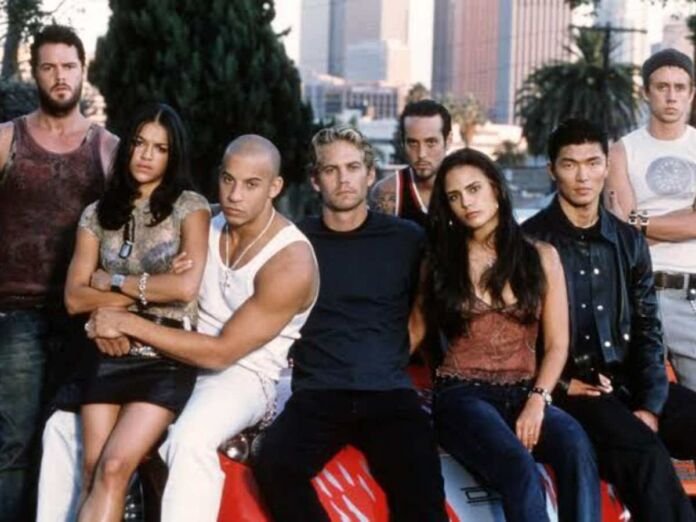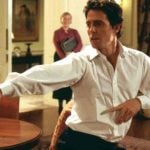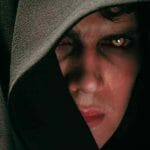There is an inspiration that sets the path for a trailblazing birth of a movement. The imitation is less flattering, but the authenticity that represents this movement accurately can be a triumph for it. The mega ‘Fast & Furious’ franchise was set to represent a movement that emerged on the streets of New York and it commodifies this subcultural phenomenon into a money-spinning movie legacy that is both nostalgic and contemporary in its style and substance.
The Vin Diesel-starrer franchise has been running now for over 21 years with its ups and downs. However, he held the fort strongly for all these years presenting Generation Z with a near-perfect lesson about street culture. The screeching tires, the waft of burning tires, the smoke, and the adrenaline. Over the ten films, Dom Toretto and his crew presented the gamut of these racing cultures that emerged in the late ’70s. However, they presented it in a very over-the-top manner with little resemblance to the real story as the franchise progressed. So, what was the story that inspired this billion-dollar franchise?
Related: How To Watch ‘Fast & Furious’ Movies In Order
The ‘Fast & Furious’ Was The Result Of An ‘Import Scene’ That Emerged In The ’90s
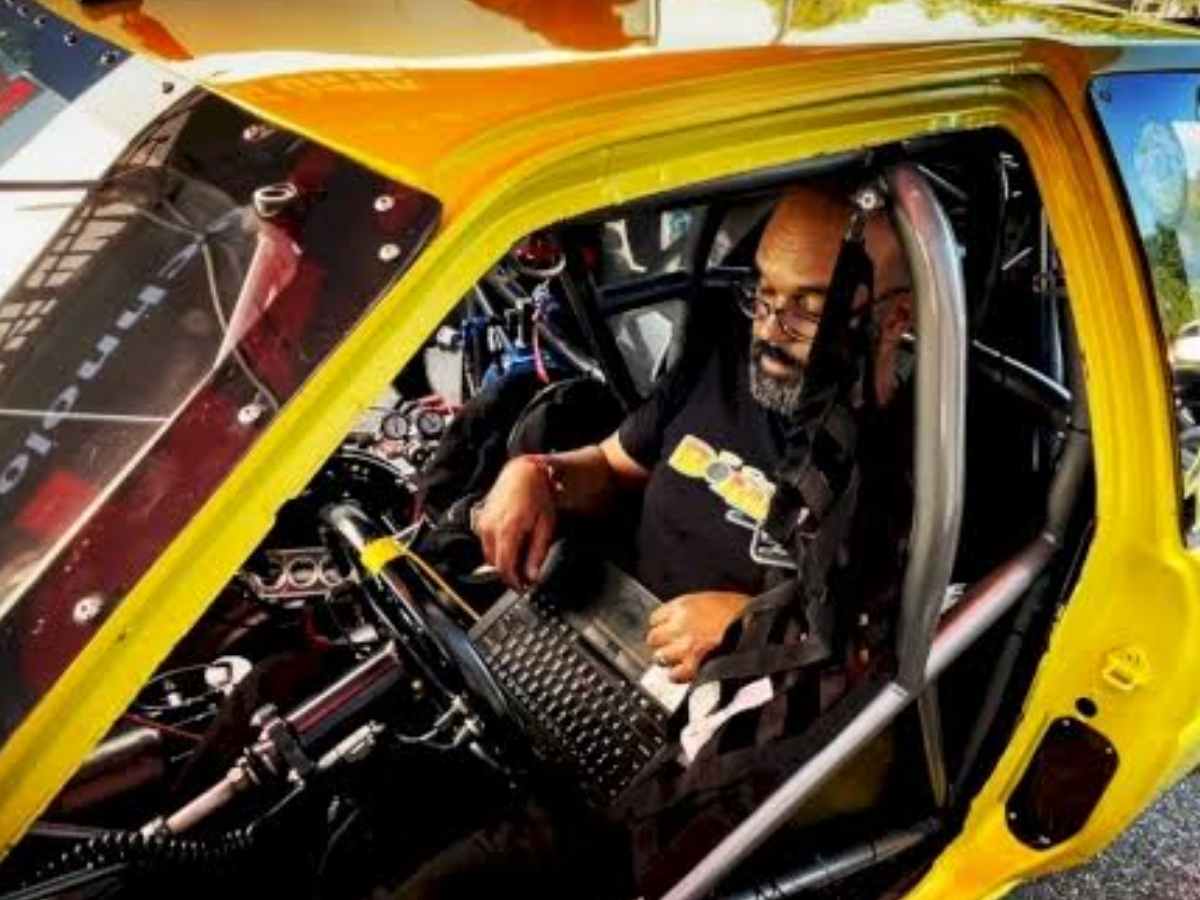
Before diving deep into the ‘Import Scene’, let’s trace the history of how these modified, revved engine cars came about. The origin is the Prohibition era that began in the 1920s in the United States after the 18th Amendment prohibiting alcohol. So, the contrabandists started producing alcohol illegally. Now, the question was to take it to the market to sell. Police officers were planted in every way to smuggle the alcohol. So, these smugglers started to modify the engines to fasten them and avoid the law enforcement forces.
But, the seeds of this bootlegger tactic came to fruition in the ’90s. It was the tradition of drag racing that started as a subculture in New York. Despite the prevalent racism, Washington Heights was a safe place for various ethnicities like Dominicans, Whites, and Blacks to come together for their love of speed.
The boost in automobiles post-World War II helped the car fervor. But, most of these cars were American. So, these racers switched to Japanese import cars like Hondas and Integras, modifying them, having graffiti all over them, and the cherry on top was the nitrous oxide that they used to boost the horsepower of the vehicle.
This was a little backstory of the movement, but one of the pioneering members of these drag races was the champion Dominican racer, Rafael Estevez. An article in Vibe magazine in 1998 popularized his story titled ‘Racer X’ written by Ken Li. The racer has been active in the circuit since the ’80s. He lived off the money he used to make through these races. The money was big. So, running from the law enforcement system, he and other racers kept it alive and to date, it is thriving.
This Li story inspired the director Rob Cohen, who directed the first ‘Fast & Furious’ in 2001. He heard about the article, went to watch a race on the West Coast, and immediately pestered Universal Studios to make a film about it. So, it is safe to say, Estevez is the inspiration for the broody Dom in the franchise. The first film was like an ode and nostalgia to this tradition and thriving subculture on both the East and West Coast. However, it went on to become an ‘accidental’ successful franchise minting around $7 billion.
In Case You Missed: Vin Diesel Welcomes Brie Larson To The Cast Of Fast And Furious 10
Rob Cohen Wishes To Direct The Last Film In The Franchise
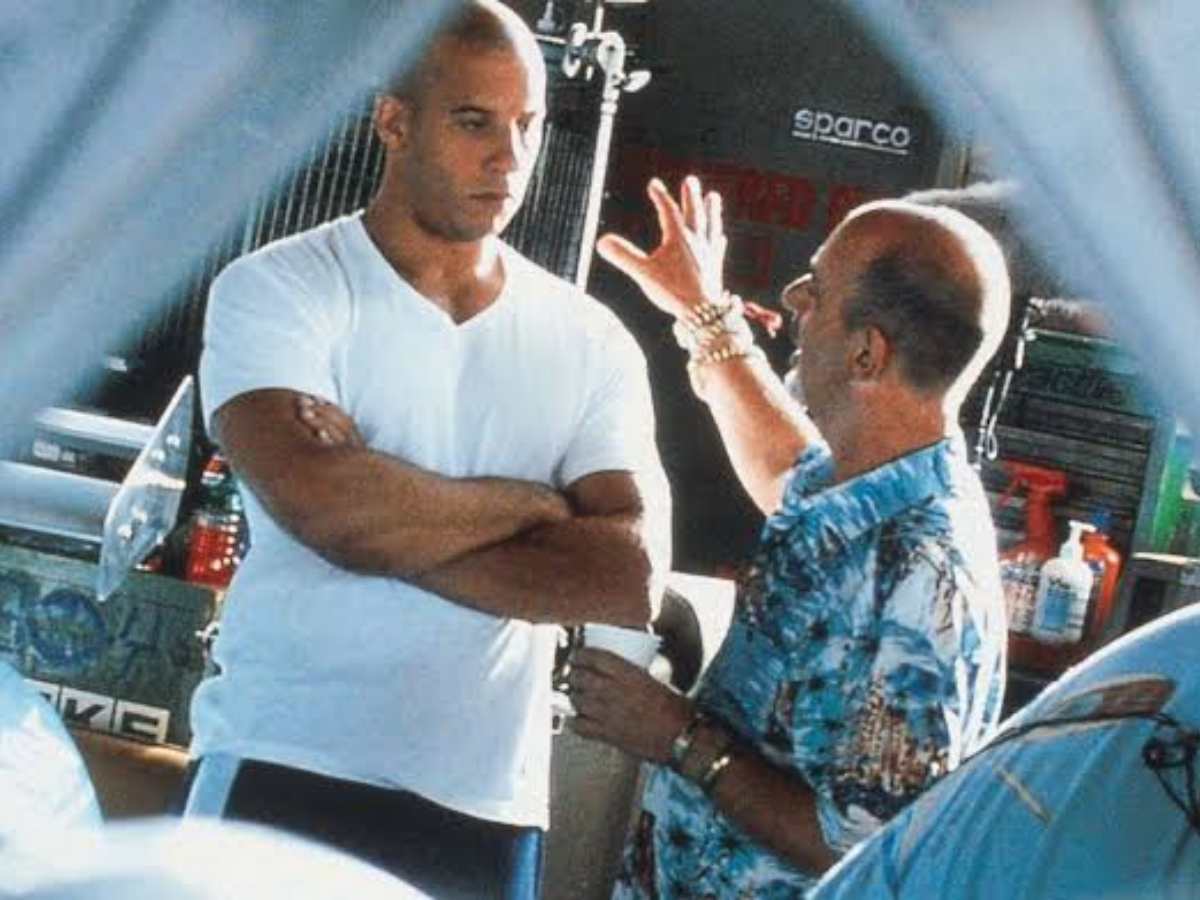
It all started with Rob Cohen’s persistence and hard work to give the franchise wings to fly in 2001. The first film was made on a little budget, but it grossed around $200 million. Now, the franchise is at the last leg of producing the last two films in the franchise. The ‘Fast X’ will be the second last in the franchise directed by Louis Leterrier. However, Cohen wants to direct the last film in the original franchise.
During an interview with Screen Crush, he talked at length about the world he created. He said, “The franchise went from a Los Angeles story built around a family of multicultural brothers and sisters to what I’ll call ‘pure spectacle’. The beauty is that the audience has ridden along with it for these 18 years”.
He continued, “I’m very proud that the characters I created in 2001 are still in the lexicon. There’s still a Dominic Toretto appearing every two years, or a Mia Toretto, or a Letty. It had to evolve, and it evolved in a way that was ultra-worldwide commercial”.
The interviewer asked him if he would want to relive and be back in the franchise, and Rob gave a heartfelt reply. He said, “I always wished Universal would come back to me to direct the last one”.
You Might Also Like To Read: Why Dwayne Johnson Is Not In ‘Fast X’?

